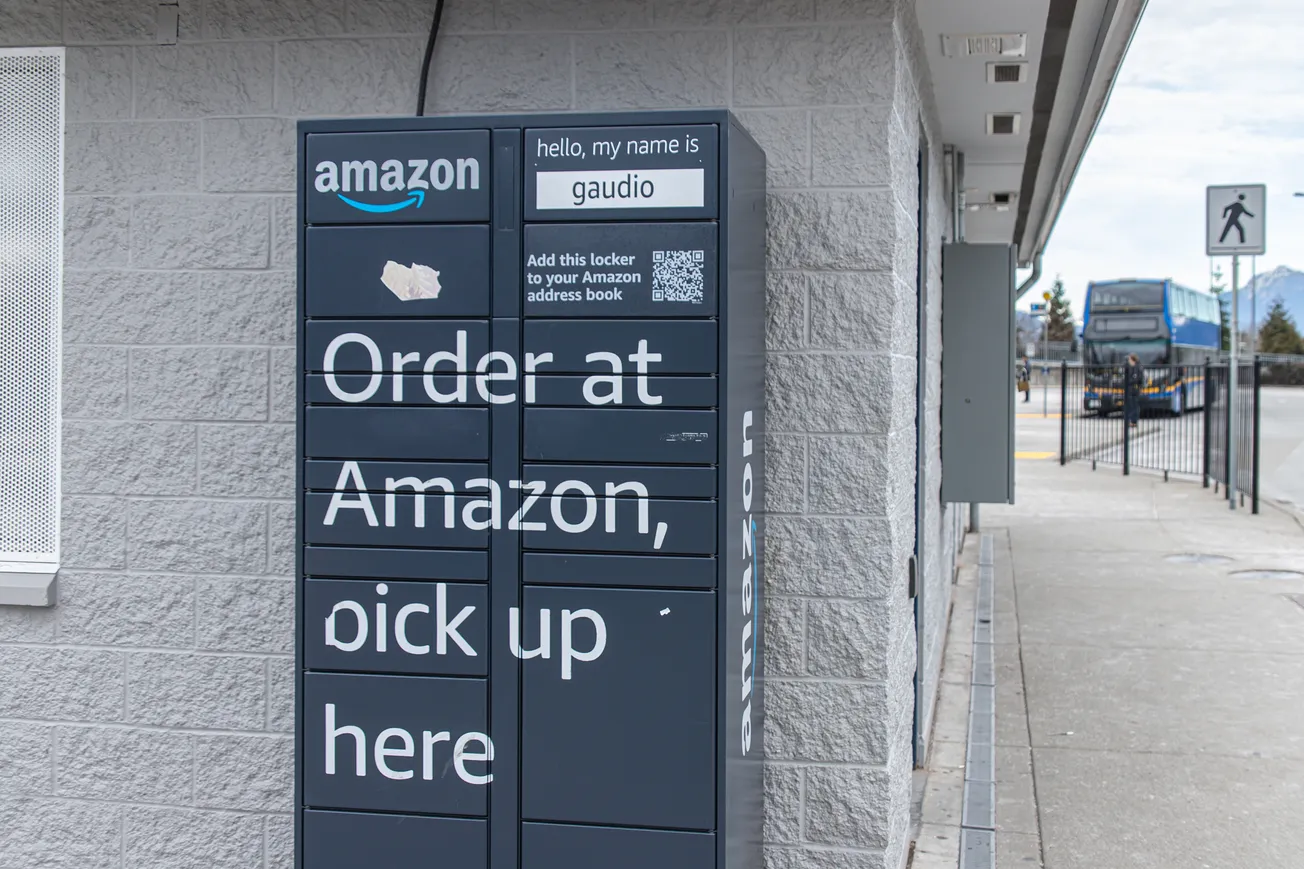The American retail landscape is increasingly defined by a stark consumer divide between discretionary and essential spending. At the heart of this shift are two titans: Amazon, dominating in non-essential goods, and Walmart, holding firm in the realm of everyday necessities.
As the economic picture grows more complex in 2025, their contrasting roles offer insight into deeper changes in how Americans shop, spend, and survive.
Amazon has emerged as the leader in discretionary retail, catering to consumers willing and able to spend on non-essential items such as electronics, fashion, home furnishings, and entertainment.
Meanwhile, Walmart continues to reinforce its dominance in grocery and essential goods, becoming a critical player for consumers focused on affordability and utility.
This divergence in function—and customer base—is not accidental; it's a product of economic forces that are reshaping the country’s consumer class.
Walmart’s Stronghold in Essentials Reflects Consumer Caution
Walmart’s strength lies in its ability to deliver value on the most fundamental household needs. In an era where inflation and cost-of-living pressures are squeezing lower- and middle-income households, Walmart has become more than a superstore—it’s a lifeline.
Its grocery segment, which now makes up more than half of its U.S. sales, saw continued growth in 2024. This success was amplified by consumers “trading down”—a trend in which even higher-income shoppers turn to Walmart for grocery savings as food prices remain stubbornly high.
While discretionary purchases may be put on hold, Americans still need to eat, clean, and care for their families. Walmart’s footprint of over 4,000 U.S. stores and its rapidly evolving e-commerce capabilities have made it the go-to source for these essential items.
Even as other sectors of the economy remain volatile, Walmart’s ability to capture consistent spending on everyday goods keeps its revenue stable. This is not just a reflection of brand loyalty but also of the economic necessities shaping household budgets in 2025.
Amazon’s Discretionary Dominance Signals Affluent Consumer Confidence
In contrast, Amazon’s growth has been fueled by consumers who still have room in their budgets for non-essential spending. In the final quarter of 2024, Amazon captured 10.7% of all U.S. retail spending—up significantly from 8.1% in the previous quarter.
This growth is closely tied to discretionary categories. From tech gadgets and luxury home decor to holiday gifts and entertainment, Amazon has established itself as the leading platform for consumers who want convenience, variety, and speed.
The retailer’s success is especially prominent among higher-income Americans, who have been largely insulated from inflationary shocks thanks to stock market gains, real estate appreciation, and low debt ratios.
These consumers continue to invest in lifestyle and comfort, and Amazon—with its frictionless shopping experience and massive selection—has become the retailer of choice for this demographic. Unlike Walmart, which relies on necessity-driven traffic, Amazon thrives when consumers feel secure enough to indulge.
A Bifurcated Economy, A Divided Consumer Base
This retail divide is not just a matter of preference—it’s a mirror of the broader economy. While headline numbers suggest the U.S. economy is resilient, with continued GDP growth and low unemployment, the underlying reality is far more complex.
For a large portion of the population, real wages have stagnated or declined when adjusted for inflation. Housing affordability is at a decades-long low, and grocery bills remain elevated. These factors have forced millions of Americans to reprioritize, cutting back on non-essentials to focus on rent, food, and transportation.
At the same time, a smaller but influential group of consumers has continued to benefit from favorable asset markets and steady employment in high-paying sectors. This group not only drives discretionary spending but also shapes retail trends by spending across multiple platforms and services.
The result is a dual-speed economy—one in which Walmart benefits from defensive consumer behavior, while Amazon capitalizes on confidence and upward mobility.
These two companies, though both retail giants, are increasingly targeting different segments of the American experience.
Looking Ahead: How Spending Trends Will Shape Retail’s Future
The trajectory of this spending divide will largely hinge on broader economic conditions.
If inflation remains persistent and wages do not rise to meet household needs, Walmart is likely to continue thriving. Its core value proposition—low prices on essentials—resonates during hard times. Walmart has also taken steps to expand its digital grocery offerings, enhancing its competitiveness against Amazon in online retail.
However, if the economy improves in the latter half of 2025, especially through lower inflation and more robust wage growth, discretionary spending could rebound.
This would give Amazon a stronger tailwind as consumers return to spending on items that bring convenience, entertainment, and luxury. Amazon’s recent investments in logistics and AI-enhanced product recommendations could make the platform even stickier in such a scenario.
Interestingly, both companies are blurring the lines between their traditional territories. Walmart continues to invest heavily in its digital shopping experience and discretionary categories, while Amazon pushes into groceries and physical retail through ventures like Amazon Fresh and Whole Foods. The next stage of retail competition may not be as cleanly divided—but for now, essential vs. discretionary spending remains the central fault line.
Conclusion: Two Companies, Two Realities
Walmart and Amazon are not simply retail competitors—they are emblematic of two distinct consumer realities in the U.S. economy. One speaks to caution, necessity, and survival; the other to choice, convenience, and surplus. Their market share today reflects not just strategy or execution, but also the complex, uneven recovery playing out in homes across the country.
As 2025 unfolds, watching where Americans spend—and just as importantly, where they stop spending—will tell us more about the health of the economy than any GDP figure or stock market index. In that story, Walmart and Amazon will remain the lead characters, each thriving in their own consumer ecosystems, each shaped by the economic choices of a divided nation.








